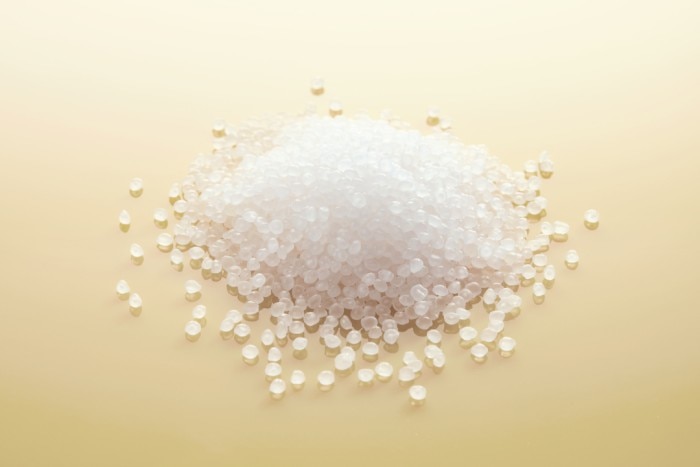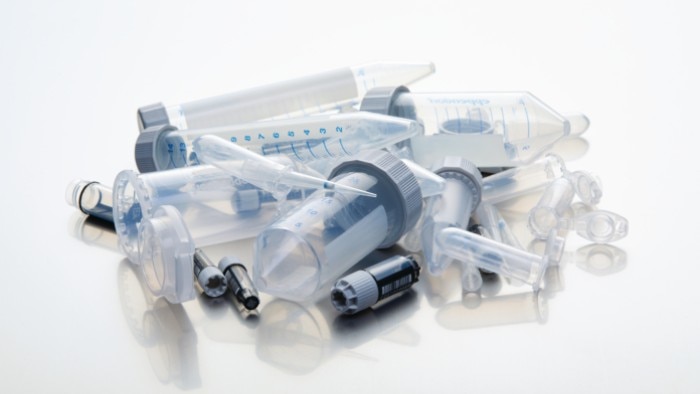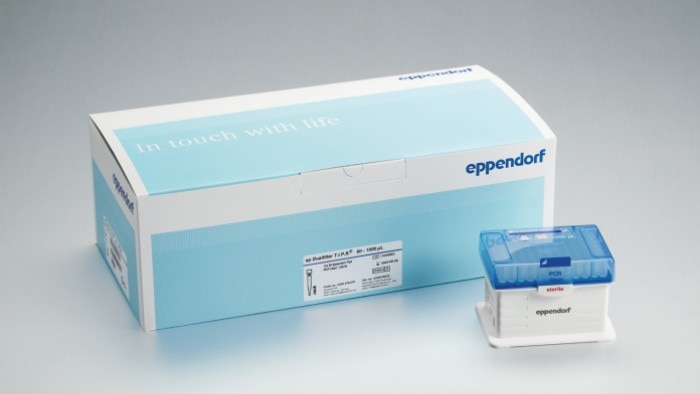-
- Centrífugas de sobremesa
- Centrífugas de suelo
- Centrífugas refrigeradas
- Microcentrífugas
- Centrífugas multiuso
- Centrífugas de alta velocidad
- Ultracentrífugas
- Concentrador
- High-Speed and Ultracentrifugation Consumables
- Accesorios
- Tubos
- Placas
- Gestión de dispositivos
- Gestión de muestras e información
- Productos IVD

Read more
Read less
Leer más
Leer menos
Sterile single-use plastic items, in particular, are safe – you don’t have to worry about contaminants interfering with your experiments. Items made of glass can be an alternative to certain plastic consumables; however, they are not suitable for all applications, and, importantly, glass breakage can be a safety concern in the lab. In respect of the global warming potential, PP is the best choice. But to further lower the environmental impact of a product, it is necessary to look at its entire life cycle, which consists of the production phase, use phase and end of life.As the use phase in the lab often constitutes single-use, we must focus on the end of life. Here, recycling and reentering the material is the best way to lower the environmental impact further. The plastics used in the lab aregenerally recyclable, and as most items are made of pure plastic without many additives or blends, they lend themselves well to the recycling process. Ideally, these plastics should be sorted according to type. But as most plasticware used in the laboratory is defined as being contaminated, it is difficult to return it to the waste stream due to legal restrictions and for health and safety reasons. The second best option today is to incinerate plastics. All plastics display a relatively good thermal value, except for PET.

What does this mean for the future?
Leer más
Leer menos






